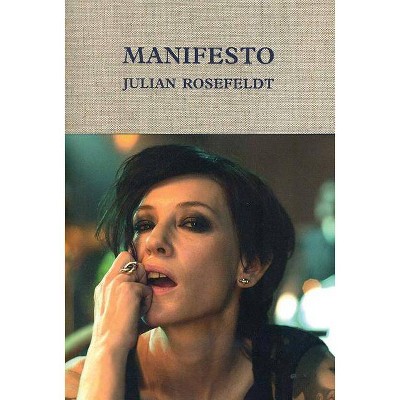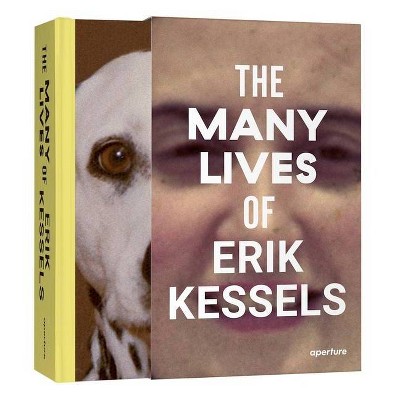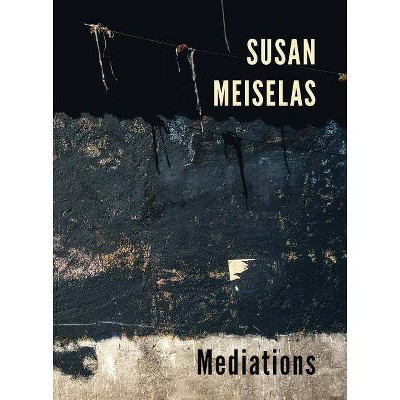A Critic Writes - (Centennial Books) by Reyner Banham (Paperback)

Similar Products
Products of same category from the store
AllProduct info
<p/><br></br><p><b> About the Book </b></p></br></br>"Reyner Banham's special skill was to take objects that we otherwise might take for granted and to open our eyes and minds to their visual and cultural associates. Unlike many historians he had an 'eye' and this came through in his writings. He was also a popularizer--ahead of his time. These perspectives are every bit as relevant now as they were in the past."--Sir Norman Foster, Foster Associates <BR>"Banham's stubborn insistence on the proper terms by which to measure the contemporary predicament reveals the depth and the breadth of his contribution to architectural history and theory. The modern, for Banham and for us, simply refuses to go away."--Anthony Vidler, author of "The Architectural Uncanny"<p/><br></br><p><b> Book Synopsis </b></p></br></br>Few twentieth-century writers on architecture and design have enjoyed the renown of Reyner Banham. Born and trained in England and a U.S. resident starting in 1976, Banham wrote incisively about American and European buildings and culture. Now readers can enjoy a chronological cross-section of essays, polemics, and reviews drawn from more than three decades of Banham's writings.<br /><br />The volume, which includes discussions of Italian Futurism, Adolf Loos, Paul Scheerbart, and the Bauhaus as well as explorations of contemporary architecture by Frank Gehry, James Stirling, and Norman Foster, conveys the full range of Banham's belief in industrial and technological development as the motor of architectural evolution. Banham's interests and passions ranged from architecture and the culture of pop art to urban and industrial design. In brilliant analyses of automobile styling, mobile homes, science fiction films, and the American predilection for gadgets, he anticipated many of the preoccupations of contemporary cultural studies. Los Angeles, the city that Banham commemorated in a book and a film, receives extensive attention in essays on the Santa Monica Pier, the Getty Museum, Forest Lawn cemetery, and the ubiquitous freeway system.<br /><br />Eminently readable, provocative, and entertaining, this book is certain to consolidate Banham's reputation among architects and students of contemporary culture. For those acquainted with his writing, it offers welcome surprises as well as familiar delights. For those encountering Banham for the first time, it comprises the perfect introduction.<p/><br></br><p><b> From the Back Cover </b></p></br></br>Reyner Banham's special skill was to take objects that we otherwise might take for granted and to open our eyes and minds to their visual and cultural associates. Unlike many historians he had an 'eye' and this came through in his writings. He was also a popularizer--ahead of his time. These perspectives are every bit as relevant now as they were in the past.--Sir Norman Foster, Foster Associates<br /><br />Banham's stubborn insistence on the proper terms by which to measure the contemporary predicament reveals the depth and the breadth of his contribution to architectural history and theory. The modern, for Banham and for us, simply refuses to go away.--Anthony Vidler, author of <i>The Architectural Uncanny</i><p/><br></br><p><b> Review Quotes </b></p></br></br><br>"This is a well-made book, which would have pleased Banham, who took book design as seriously as all other types of design. . . . Banham is always clear and always readable. Because these essays were such timely commentary when they were published, they will become a more and more useful historical document."--"Architectural Research Quarterly<br><p/><br></br><p><b> About the Author </b></p></br></br><b>Reyner Banham</b> (1922-1988) was Sheldon H. Solow Professor of the History of Architecture at the Institute of Fine Arts, New York University, and Professor of Art History at the University of California, Santa Cruz. His many books include <i>Los Angeles: The Architecture of Four Ecologies</i> (1973), <i>Theory and Design in the First Machine Age</i> (1980), and <i>A Concrete Atlantis: U.S. Industrial Building and European Modern Architecture</i> (1986). <b>Mary Banham</b> is an artist, editor, and curator who collaborated with her husband on his books and articles. <b>Paul Barker</b>, for many years editor of <i>New Society</i>, writes and broadcasts on social, environmental, and cultural issues. <b>Sutherland Lyall</b>, Literary Advisor to the Banham estate, has written seven books on architecture, design, and building. <b>Cedric Price</b> is an internationally acclaimed architect. The editors currently live in London.
Price History
Price Archive shows prices from various stores, lets you see history and find the cheapest. There is no actual sale on the website. For all support, inquiry and suggestion messages communication@pricearchive.us




















